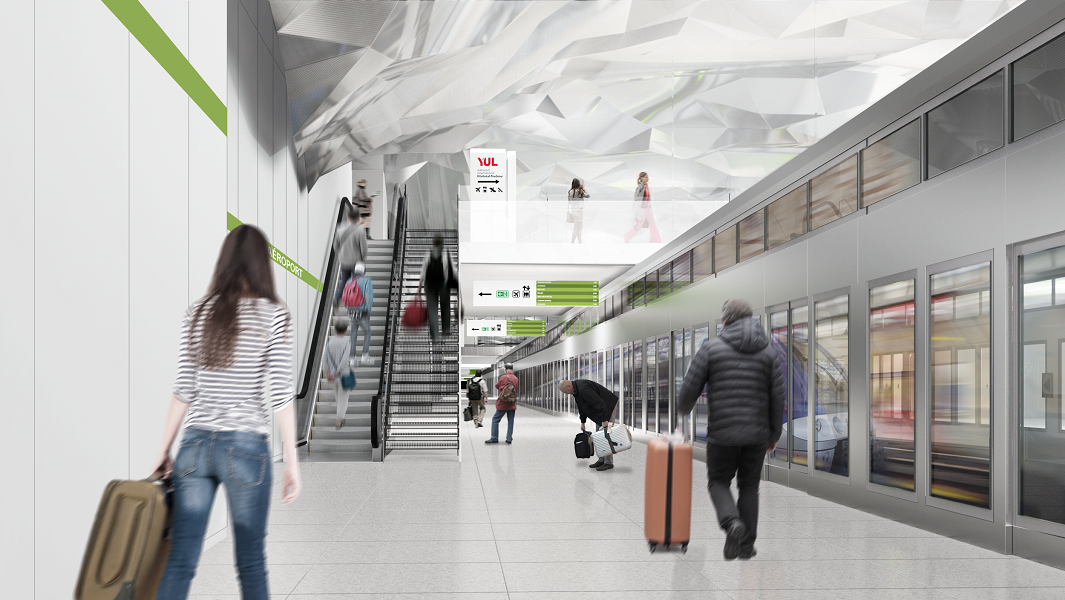8 REM stations are changing their names
Marie-Curie, Anse-à-l’Orme, Brossard... Several stations are changing their names to harmonize with the transit networks and avoid confusion with existing stations.
The new place names were developed with experts based on the guiding principles for naming stations and train stations in the Greater Montréal area (see box at the bottom of the page). Cities and partners were also consulted during this process.
Here are the 8 stations that are changing names:
1. Rive-Sud station becomes Brossard station
To mark the location of the terminal station in Brossard.
2. Mont-Royal station becomes Ville-de-Mont-Royal station
To avoid confusion with the Mont-Royal station on the metro orange line.
3. Correspondance A40 station becomes Côte-de-Liesse station
To mark the location of the station at the intersection of Chemin de la Côte-de-Liesse.
4. Technoparc station becomes Marie-Curie station
A nod to the scientific research park in this sector. The station is located close to Marie‑Curie Avenue.
5. Aéroport-Montréal-Trudeau station becomes YUL-Aéroport-Montréal-Trudeau station
To match the new designation (YUL) in the airport's name.

6. Roxboro-Pierrefonds station becomes Pierrefonds-Roxboro station
To standardize the name of the station with the name of the borough.
7. Pointe-Claire station becomes Fairview–Pointe-Claire station
To avoid confusion with the Vaudreuil-Hudson train line's Pointe-Claire station. The station is located at the intersection of Fairview Avenue.
8. Sainte-Anne-de-Bellevue station becomes Anse-à-l’Orme station
To avoid confusion with the Vaudreuil-Hudson train line's Sainte-Anne-de-Bellevue station. The station is located near the Parc-nature de l'Anse-à-l’Orme and the future Grand Parc de l’Ouest.
Following this announcement, the names of 25 stations out 26 are confirmed. The exact location and final name of the Peel Basin, located in Griffintown, will be announced at a later date in collaboration with the City of Montréal.

How stations are named
The metropolitan area has some guiding principles for this. With a few exceptions, the following rules are most often applied:
- For the metro, the prevailing principle is that of streets: stations are named according to their location and their intersection.
- For the commuter train, stations are named according to the municipalities or neighbourhoods they serve.
As the REM is a mix of the two (a light rail system serving downtown and the suburbs), we have agreed with our partners on the principles that combine elements of both approaches:
- For existing stations and bus terminals: keep the current name so as not to disrupt landmarks for existing clients.
- For new stations: use the geolocation of stations (street intersection or city) in order to facilitate geographical referencing.
- Avoid station or bus terminal names of existing networks that will not be connected to the REM.